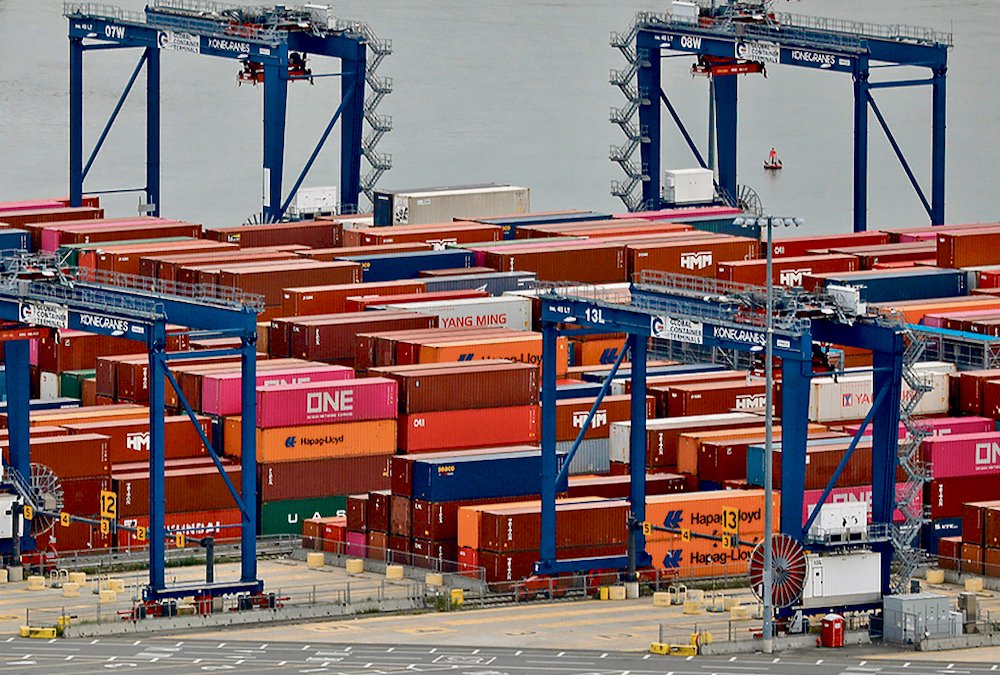Shipping container crisis may last into 2022

Glacier FarmMedia – A truck pulls up to a yard to pick up empty containers to ship Canadian soybeans to Asia.
But the shipping company refuses to allow the trucker into the yard. It prefers to ship empty containers back to Asia.
Thousands of bushels of identity-preserved soybeans, in this real-life situation of the past year, stayed in the bin instead of sailing to an eager overseas customer.
This is just one example of the difficulties Canadian soybeans face trying to get to market during the worldwide shipping container shortage.
“Bins are full and it’s really difficult to move these beans to market,” said Brian Innes, executive director of Soy Canada.
Why it matters: Disruptions in the flow of shipping containers also disrupts timely shipping of many Canadian agricultural products to overseas buyers.
“We’re still shipping 2020 crop. … It’s still sitting in bins that will soon need to be used for the 2021 crop.”
A lack of available shipping containers has become a crisis in the Canadian soybean, pulse and special crops industries. Farmers can’t move crops off the farm because marketing companies often can’t secure empty containers.
That’s not just because economic recovery from the COVID-19 recession has been strong, creating competition for containers, but also because shipping companies are free to ship goods from Asia, unload them in North America, and then immediately ship the empties back to Asia for quick turnaround.
They make more money with more frequent shipments from Asia than from a slower turnaround time that would involve full containers.
A number of shipping experts believe the shortfall in containers will continue well into 2022.
There are few regulations to crimp the flow of empties back to Asia, even if export goods are stacked up in Canada and the United States. However, in the U.S., powerful politicians have made an issue out of the container crisis.
That has seen an improvement in the availability of containers to a small degree, Innes said. Unfortunately, that makes the situation even worse in Canada.
“The U.S. political action is driving shipping companies to provide better service in the U.S. and what that does, it siphons containers from Canada to the U.S.,” he said.
The problem in U.S. ports is far from resolved. Political action has driven small gains in availability, but huge numbers of empties continue to leave the Port of Los Angeles and other major outlets.
In July, the equivalent of about 235,000 standard loaded containers arrived in Los Angeles, while only about 46,000 loaded with North American goods departed.
“It was the lowest amount of exports at the Port of Los Angeles since 2005,” the port noted.
“Empty containers climbed to (about 165,000 standard-sized units), a jump of 20.4 percent compared to last year due to the continued demand in Asia.”
Regulatory changes in the U.S. to address the problem are likely months away, if they occur. In Canada, the federal election suspended the legislative process in Ottawa.
This article was originally published at The Western Producer.
Source: Farmtario.com

